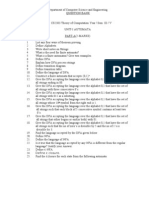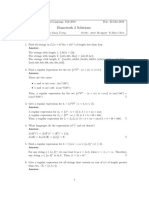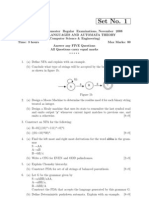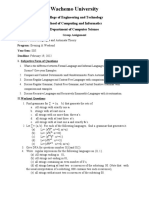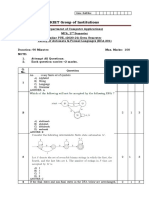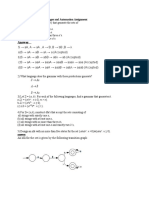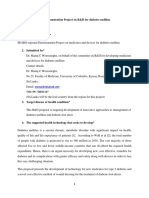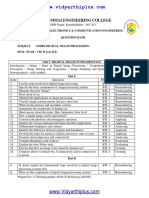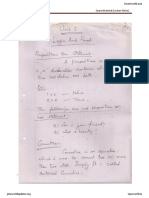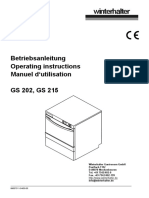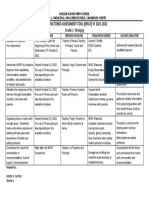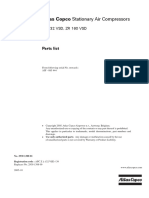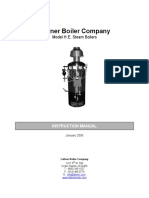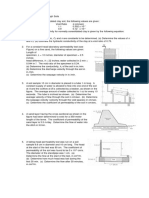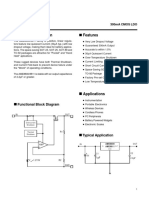0% found this document useful (0 votes)
214 views2 pagesFormal Language Theory Exercises
This document contains 11 problems related to formal language theory. The problems involve finding regular grammars and expressions, minimal deterministic finite automata (DFAs), non-deterministic finite automata (NFAs), and context-free grammars for various languages involving strings of symbols. The problems cover topics such as regular expressions, equivalence of regular expressions, DFA and NFA construction, and right and left linear grammars.
Uploaded by
subramanyam62Copyright
© © All Rights Reserved
We take content rights seriously. If you suspect this is your content, claim it here.
Available Formats
Download as PDF, TXT or read online on Scribd
0% found this document useful (0 votes)
214 views2 pagesFormal Language Theory Exercises
This document contains 11 problems related to formal language theory. The problems involve finding regular grammars and expressions, minimal deterministic finite automata (DFAs), non-deterministic finite automata (NFAs), and context-free grammars for various languages involving strings of symbols. The problems cover topics such as regular expressions, equivalence of regular expressions, DFA and NFA construction, and right and left linear grammars.
Uploaded by
subramanyam62Copyright
© © All Rights Reserved
We take content rights seriously. If you suspect this is your content, claim it here.
Available Formats
Download as PDF, TXT or read online on Scribd
/ 2


